Namibia
For a long time, it was "the forgotten genocide".
Eclipsed by the Holocaust and Germany's role in it, the mass killings of Herero and Nama people in Namibia from 1904 to 1908 have only recently been moved into the spotlight and become the subject of reparations negotiations between Germany and Namibia.
Namibia was a German colony from 1884 to the end of the First World War in 1918. Clashes erupted between German settlers and the local Herero population in 1904, leading to German troops escalating the situation with an extermination order issued against all Hereros.
The Nama people, who joined the Herero revolt, met the same fate.
Those who survived the mass killings were often imprisoned in concentration camps, where they were subjected to starvation, forced labour and medical experiments. Some historians consider the methods of the genocide in Namibia as a precursor for the Holocaust.
Germany acknowledged the events as a genocide in 2021 and offered a financial package of €1.1bn to support projects and development programmes for Herero and Nama communities.
Namibia rejected the proposal and asked to renegotiate the deal in 2024 in a bid to receive an official apology and reparations payments.




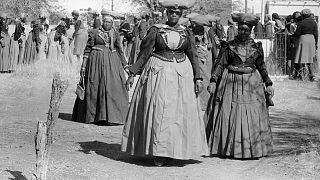
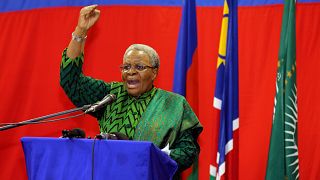
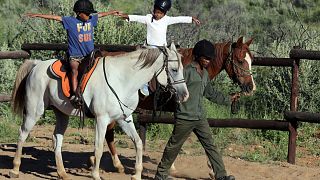
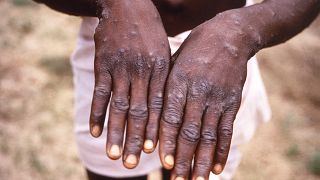

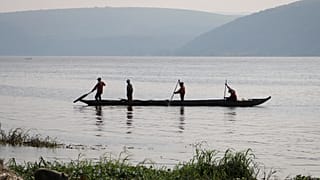
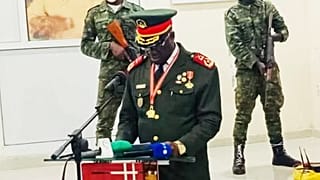
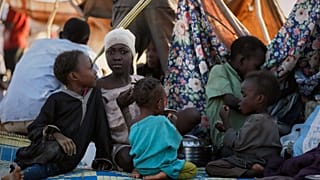
01:37
Nicki Minaj backs Trump over persecution of christians in Nigeria
01:00
South Africa's finance minister slams Trump's genocide claims ahead of G20
01:13
Britain and South Africa hand back Ghanaian royal artefacts
01:12
Moroccan king welcomes UN support for its Western Sahara autonomy plan
Go to video
Interpol and Afripol crack down on terror financing across Africa
01:07
BNP Paribas disputes US court verdict over role in Sudan atrocities